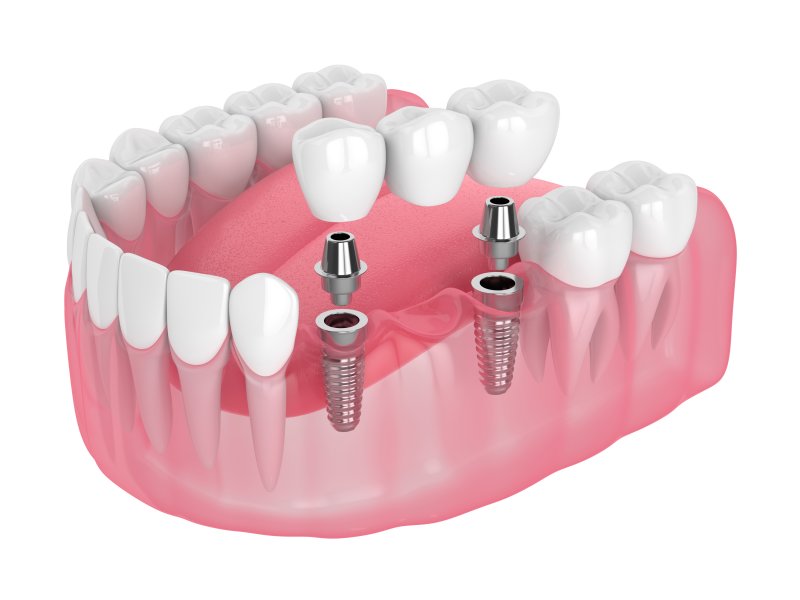
Today’s dental implants are the finest form of tooth restoration ever available because they look, work, and feel just like the real thing. However, many cultures have attempted to replace lost teeth by implanting foreign objects into the jawbone, and these restorations ranged in effectiveness from miserable failures to surprisingly successful. Here’s a brief guide to how dental implants evolved throughout history.
Early Dental Implants Had a Long Way to Go
Some of the earliest known examples of dental implants are found in the remains of ancient Mayans who lived around 600 A.D. The dentists of that civilization managed to replace some people’s lost teeth with objects such as seashells and carved stones, and some specimens showed that these restorations actually did successfully fuse with their jawbones in some cases. Other cultures since then have used similar methods to replace lost teeth as well as materials such as dead human and animal teeth.
Osseointegration Was a Massive Step Forward
Dental implants were not reliable or practical until the 1950s when an orthopedic surgeon discovered that titanium could fuse with natural bone structure. This process is called osseointegration, and it has allowed titanium to serve as a strong and lightweight material for many prosthetic appliances. Osseointegration gives modern dental implants the durable foundation they need to exert maximum chewing power and function like healthy natural teeth.
Modern Dental Implants Are Incredibly Beautiful and Reliable
Today, 95% of dental implants are successful ten years after being placed, and they can last for several decades or even a lifetime if they receive excellent care. These devices consist of a titanium post surgically placed in the jawbone, a beautifully lifelike restoration such as a bridge, crown, or denture, and an abutment piece connecting them. This allows the implants to function as natural teeth would during chewing and speech, and it also restores the stimulation the jawbones need to stay strong and healthy.
Tooth replacement technology is better than it ever has been before. Scheduling a consultation with your implant dentist can set you on the path to enjoying a beautifully complete smile after tooth loss.
About the Author
Dr. Spiro Saati earned his dental degree at the Boston University Goldman School of Dental Medicine and takes great pride in providing personal care to his patients. He is a proud member of the American Academy of Cosmetic Dentistry, the American Dental Association, and the Academy of Osseointegration. His office in Peabody offers general, cosmetic, restorative, and emergency dentistry as well as dental implants. To schedule your consultation for implants, contact his office online or dial (978) 531-2185.